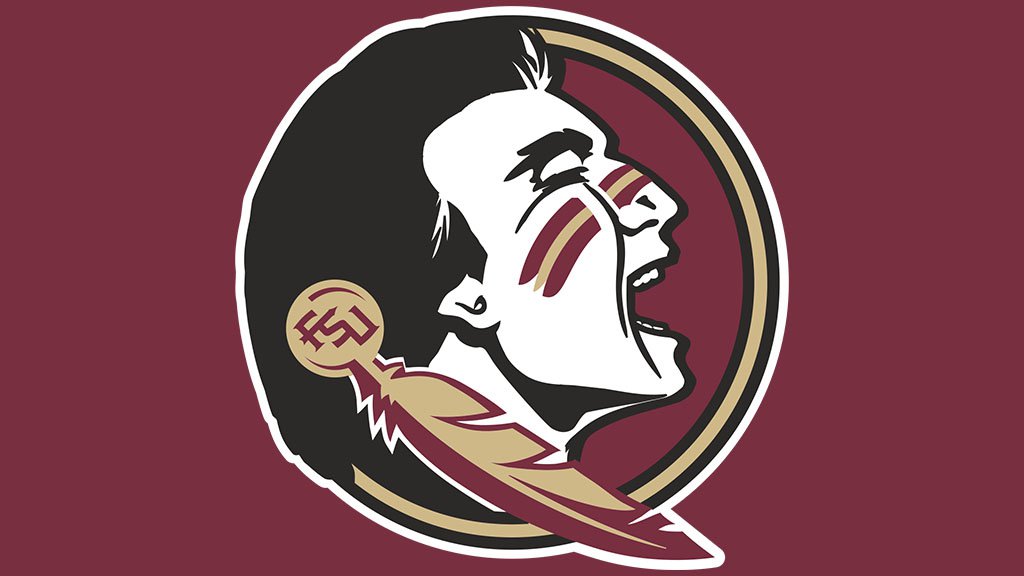Post by Purple Pain on Sept 5, 2024 10:27:10 GMT -6
Expectations?
Top 10? ... 5? A decent running game? Good OL again? Hopes and dreams? ...KO giving up play-calling duties?
...overall thoughts?
Purple Insider Mailbag:
Alec Lewis:
Alec Lewis:
Top 10? ... 5? A decent running game? Good OL again? Hopes and dreams? ...KO giving up play-calling duties?
...overall thoughts?
Purple Insider Mailbag:
BruceSandberg3 Question - how does calling offensive plays interfere with other things a head coach needs to do when his team has the ball? All the things he does when Flores is making defensive calls, how can he do those things when he is making play calls on offense?
I’m not sure if there is actually a huge issue with game management due to play calling or if guys like Andy Reid, Kyle Shanahan and Sean McVay had enough blunders in national TV games that everyone thinks that’s the case. I would need proof that non-play calling coaches are actually better at game management to fully buy that.
When you say “all the things,” I’m not sure what those things are. I’ve seen him talk to the quarterback and the offense while the defense is out there but only on occasion. I don’t see any reason to be concerned about KOC calling plays and managing the game.
I’m not sure if there is actually a huge issue with game management due to play calling or if guys like Andy Reid, Kyle Shanahan and Sean McVay had enough blunders in national TV games that everyone thinks that’s the case. I would need proof that non-play calling coaches are actually better at game management to fully buy that.
When you say “all the things,” I’m not sure what those things are. I’ve seen him talk to the quarterback and the offense while the defense is out there but only on occasion. I don’t see any reason to be concerned about KOC calling plays and managing the game.
Alec Lewis:
What kind of in-game improvements will you be watching for from O’Connell going into his third year? — Peter O.
It’s all about the run game. By most metrics, both simple and advanced, the Vikings have fielded one of the worst rushing attacks in the NFL in the last two seasons. The running backs shoulder some of the blame. The offensive line, too. Injuries to quarterback Kirk Cousins and wide receiver Justin Jefferson last season did not help either. O’Connell is by no means the only culpable party.
That said, the results must change. Aaron Jones will likely help, but the onus falls on O’Connell and the offensive staff to consistently commit to the ground and construct favorable schemes that suit the offensive linemen. Doing so will help the offensive line in pass protection, make it easier on quarterback Sam Darnold and loosen the grip defenses have on defending Jefferson. Improve the run game, and O’Connell’s offense will be difficult to knock.
It’s all about the run game. By most metrics, both simple and advanced, the Vikings have fielded one of the worst rushing attacks in the NFL in the last two seasons. The running backs shoulder some of the blame. The offensive line, too. Injuries to quarterback Kirk Cousins and wide receiver Justin Jefferson last season did not help either. O’Connell is by no means the only culpable party.
That said, the results must change. Aaron Jones will likely help, but the onus falls on O’Connell and the offensive staff to consistently commit to the ground and construct favorable schemes that suit the offensive linemen. Doing so will help the offensive line in pass protection, make it easier on quarterback Sam Darnold and loosen the grip defenses have on defending Jefferson. Improve the run game, and O’Connell’s offense will be difficult to knock.
The Vikings’ ‘play style’
The first time coach Kevin O’Connell talked to reporters in training camp, he said the coaches had spent a lot of their offseason talking about “play style,” and that the Vikings players were thinking a lot about “play style.” He even said he was aware he was frequently using the phrase. “Expect to hear it a lot,” he said.
But what does it mean? Several weeks ago, I asked offensive coordinator Wes Phillips. He summed up “play style” as the offseason priorities that are worth hammering home more than anything else — ball security being at the top of the list.
“It’s not that we didn’t emphasize it before,” Phillips said, “but it’s kind of a zero-tolerance policy.”
Not to rehash bad memories, but last season, the Vikings turned the ball over 11 times in the first four games, more than any other NFL team. It’s a basic metric, flooded with randomness, but its importance is undeniable. Last year, the teams that broke even or won the turnover margin won 66 percent of their games. Phillips and the Vikings staff know some turnovers will occur, but an abundance of them will crush the team’s chances.
Also part of this “play style” is the team’s desire to run the football more effectively. The Vikings staff has talked about making improvements in the rushing game for a couple of seasons now, and while personnel is a major factor, Phillips cited two additional aspects: being more physical, and giving the running backs and offensive linemen opportunities to be more physical. What is the staff’s role in that? Not only calling runs, but also leaning into different schemes.
“We had some success on gap-pull scheme plays last year,” Phillips said. “Looking back, maybe we should’ve given some more opps for those types of plays.”
In a roundabout way, “play style” is the staff’s admission that it does not have to reinvent the wheel with every call, every pass play, every game plan. The little things are just as vital to emphasize.
The first time coach Kevin O’Connell talked to reporters in training camp, he said the coaches had spent a lot of their offseason talking about “play style,” and that the Vikings players were thinking a lot about “play style.” He even said he was aware he was frequently using the phrase. “Expect to hear it a lot,” he said.
But what does it mean? Several weeks ago, I asked offensive coordinator Wes Phillips. He summed up “play style” as the offseason priorities that are worth hammering home more than anything else — ball security being at the top of the list.
“It’s not that we didn’t emphasize it before,” Phillips said, “but it’s kind of a zero-tolerance policy.”
Not to rehash bad memories, but last season, the Vikings turned the ball over 11 times in the first four games, more than any other NFL team. It’s a basic metric, flooded with randomness, but its importance is undeniable. Last year, the teams that broke even or won the turnover margin won 66 percent of their games. Phillips and the Vikings staff know some turnovers will occur, but an abundance of them will crush the team’s chances.
Also part of this “play style” is the team’s desire to run the football more effectively. The Vikings staff has talked about making improvements in the rushing game for a couple of seasons now, and while personnel is a major factor, Phillips cited two additional aspects: being more physical, and giving the running backs and offensive linemen opportunities to be more physical. What is the staff’s role in that? Not only calling runs, but also leaning into different schemes.
“We had some success on gap-pull scheme plays last year,” Phillips said. “Looking back, maybe we should’ve given some more opps for those types of plays.”
In a roundabout way, “play style” is the staff’s admission that it does not have to reinvent the wheel with every call, every pass play, every game plan. The little things are just as vital to emphasize.




















 ... and neither is this Chris guy.
... and neither is this Chris guy.